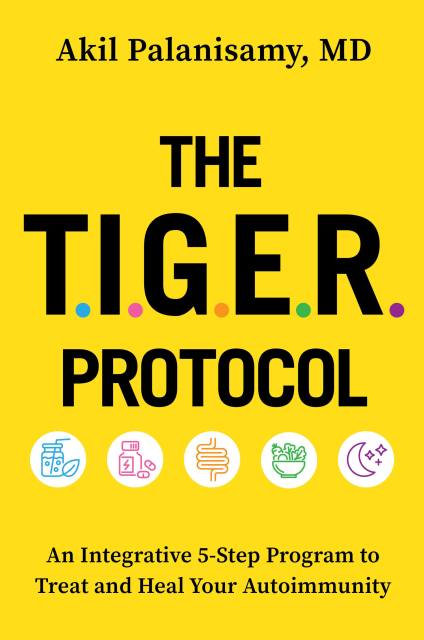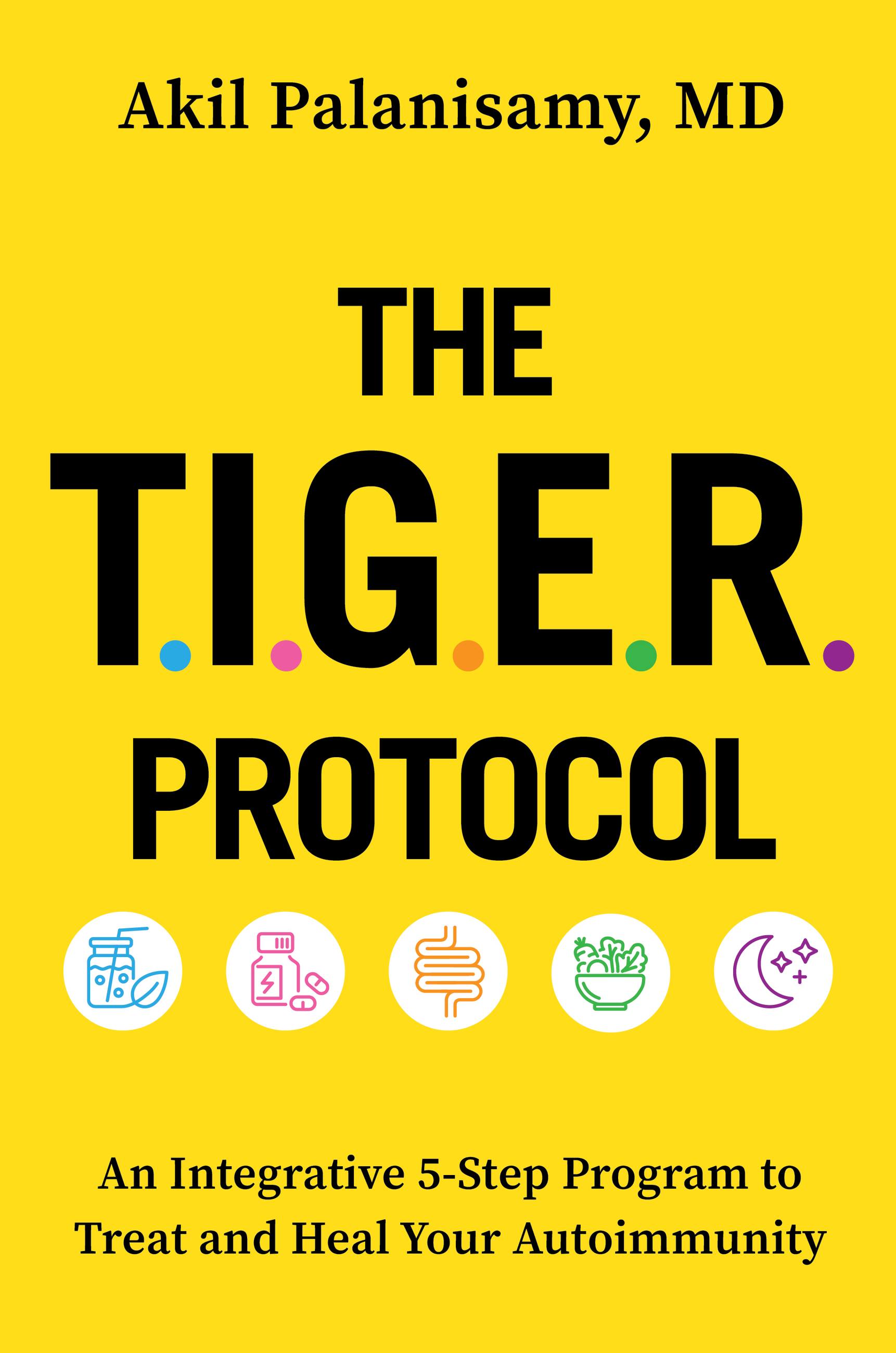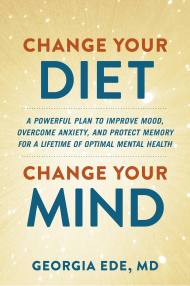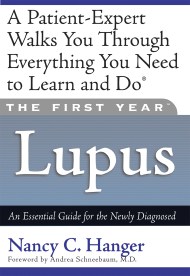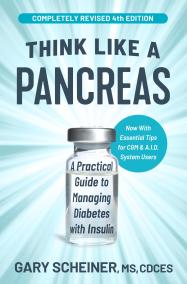Promotion
Use code BEST25 for 25% off storewide. Make sure to order by 11:59am, 12/12 for holiday delivery!
By clicking “Accept,” you agree to the use of cookies and similar technologies on your device as set forth in our Cookie Policy and our Privacy Policy. Please note that certain cookies are essential for this website to function properly and do not require user consent to be deployed.
The TIGER Protocol
An Integrative, 5-Step Program to Treat and Heal Your Autoimmunity
Contributors
Formats and Prices
- On Sale
- May 9, 2023
- Page Count
- 320 pages
- Publisher
- Balance
- ISBN-13
- 9781538726082
Prices
- Sale Price $2.99
- Regular Price $12.99
- Discount (77% off)
Prices
- Sale Price $2.99 CAD
- Regular Price $16.99 CAD
- Discount (82% off)
Format
Format:
This item is a preorder. Your payment method will be charged immediately, and the product is expected to ship on or around May 9, 2023. This date is subject to change due to shipping delays beyond our control.
Buy from Other Retailers:
Prevent and heal autoimmune diseases and live the life you want through this groundbreaking, integrative protocol from Ayurvedic medicine.
Through the T.I.G.E.R. protocol, you will:
· Address Toxins
· Heal Infections
· Improve Your Gut Health
· Learn to Eat Right
· Consciously Rest and Rebalance
-
“A holistic and clinically proven approach to treating autoimmune disease that can help millions of people afflicted by this epidemic.”Dr. William Li, MD, New York Times bestselling author of Eat to Beat Disease and Eat to Beat Your Diet
-
“Dr. Akil Palanisamy combines his extensive clinical experience with leading-edge research to create a detailed roadmap to health for those with autoimmune or inflammatory conditions. Filled with the most up-to-date, evidence-based information on the microbiome, environmental toxins, and the mind-body connection, The T.I.G.E.R. Protocol is a must-read for anyone serious about optimizing their immune health and vitality."Dr. Andrew Weil, world-renowned integrative medicine physician
-
“So often we are led to believe we can rid ourselves of our common ailments with the latest breakthroughs in pharmaceutical science. As so many have experienced, this approach generally disappoints. Dr. Akil provides us with foundational information, empowering the reader with a straightforward action plan to reverse disease and pave the way for optimal health. We need to take his teachings seriously as they are a gift.”David Perlmutter, MD, New York Times bestselling author of Grain Brain and Drop Acid
-
“What if there is a much better way to get to the root of autoimmune disease so that you can either halt it in its tracks or reverse it? Dr. Akil Palanisamy provides a revolutionary integrative medicine approach that does just that!”Victoria Maizes, MD, Executive Director, Andrew Weil Center for Integrative Medicine at the University of Arizona
-
“Autoimmune disease has increased in prevalence over the past 40 years and is now poised to be one of the leading causes of both shortened lifespan and quality of life. Unfortunately, the accepted strategies to manage these conditions are not infrequently as concerning as the disease itself. Fortunately, Dr. Akil has developed an approach to address the many factors contributing to autoimmunity. If you or someone you love suffers from autoimmunity, this book revolutionizes our understanding of autoimmune diseases.”Robb Wolf, New York Times bestselling author of Wired to Eat
-
"1 in 6 Americans now suffer from autoimmunity, and conventional treatment is focused on suppressing symptoms with drugs. The T.I.G.E.R. Protocol offers a natural and effective "root cause" approach to healing autoimmune disease based on Dr. Akil's unique blend of functional medicine, ayurveda, and ancestral nutrition. I recommend this book to anyone seeking a more holistic approach to autoimmune disease."Chris Kresser, New York Times bestselling author of The Paleo Cure
-
“In The T.I.G.E.R. Protocol, Dr. Palanisamy has created a fantastic, groundbreaking guidebook for treating autoimmune disease that empowers readers with science-backed actionable tools to optimize their health and well-being.”Michelle Tam, New York Times bestselling cookbook author and creator of Nom Nom Paleo
-
"The Tiger Protocol is an invaluable evidence-based guide to the current state of knowledge about autoimmune disease and is designed to empower patients in living well with chronic illness. It is also a state-of-the-art resource for professionals who want the newest perspective on autoimmune disease and wish to effectively improve the quality of life of their patients. I strongly recommend keeping this unique clinical resource close at hand on your bookshelf.”Rachel Remen, M.D., New York Times best-selling author of Kitchen Table Wisdom
Newsletter Signup
By clicking ‘Sign Up,’ I acknowledge that I have read and agree to Hachette Book Group’s Privacy Policy and Terms of Use
